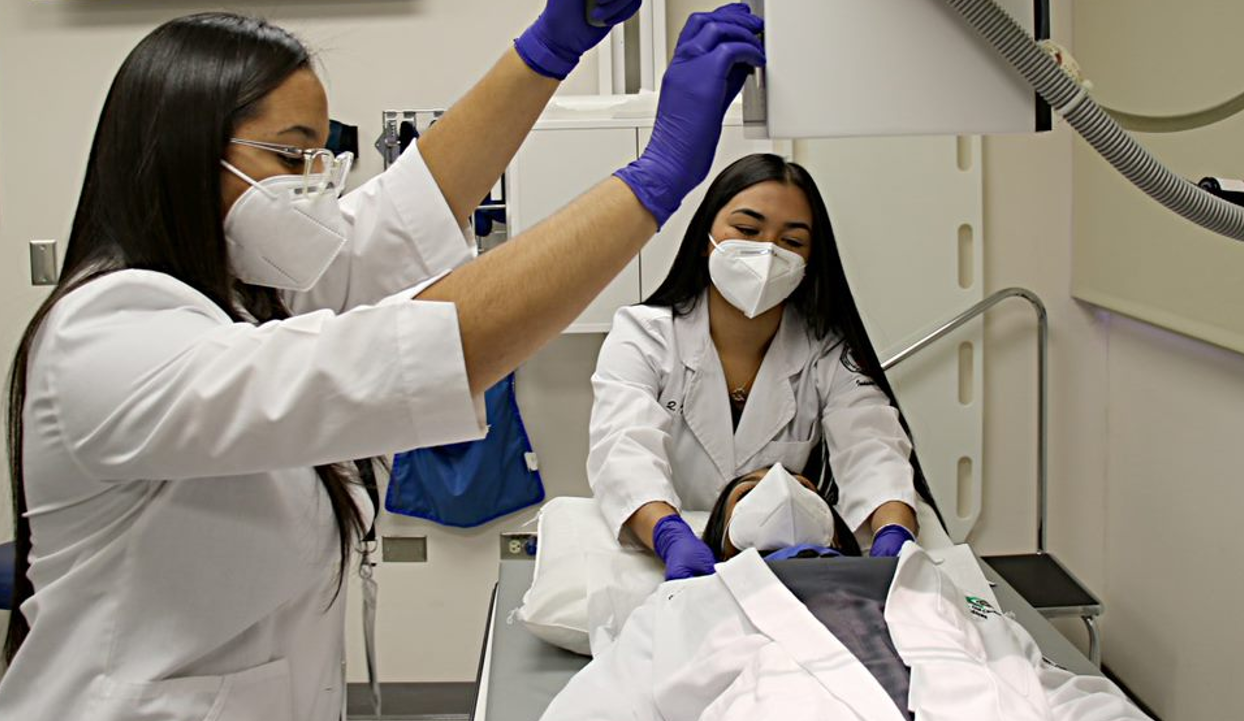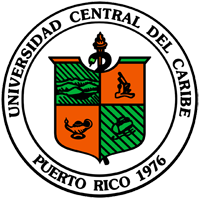787-798-3001
info@uccaribe.edu
 The Bachelor of Science in Diagnostic Images offer graduates with an Associate Degree in Radiologic Technology from an accredited or recognized program in Puerto Rico or the United States, the opportunity to acquire a higher academic degree in their professional field. Through this program, graduates from Radiologic Technology Associate degree programs will continue their training by choosing two or more specialization certificates and increase their direct patient attention competencies and organizational skills.
The Bachelor of Science in Diagnostic Images offer graduates with an Associate Degree in Radiologic Technology from an accredited or recognized program in Puerto Rico or the United States, the opportunity to acquire a higher academic degree in their professional field. Through this program, graduates from Radiologic Technology Associate degree programs will continue their training by choosing two or more specialization certificates and increase their direct patient attention competencies and organizational skills.
Baccalaureate students will complete additional general education courses beyond the Associate degree curricula and take courses in basic managerial skills to be better prepared to face additional professional responsibilities. The graduate of the Bachelor of Science in Diagnostic Images will possess the competencies in at least three medical imaging modalities: conventional radiology and two other modalities of his/her choice; a rounded general education and managerial training in medical imaging services skills.
UCC has designed this offering based upon the premise that almost all the radiologic technologists in Puerto Rico have attained an Associate degree. The Bachelor of Sciences in Diagnostic Images, will integrate admitted students’ academic experiences through the incorporation of credits approved in courses in: (1) general education; (2) an associate degree in Radiologic Technology; (3) specialization certification (a minimum of two out of this four certificates: US, Mammo, CT, MRI), and (5) Bachelor’s degree higher courses.
DESCRIPTION OF THE BACHELOR LEVEL TECHNOLOGIST
The Medical Images professional possessing a Bachelor of Science degree is the health professional with the necessary competencies to produce images of the human body used in the diagnosis and treatment of disease. This professional is responsible for maintaining a level of excellence in the performance of the basic competencies of his/her discipline. Trained imaging professionals must also adapt to multiple technological advances and computerized systems and demonstrate consistent competence in the performance of professional duties in the process of assisting physicians and other healthcare professionals.
Professional responsibility at this level requires the ability to maintain patient integrity and teach, support and serve with the highest standards of service. A specialist in the diagnostic modalities must perform with a maximum level of efficiency and effectiveness in any of the imaging modalities in which he/she is trained.
BACHELOR IN SCIENCE IN DIAGNOSTIC IMAGES GRADUATE PROFILE
A graduate from the Bachelor in Science in Diagnostic Images of the Medical Images Program of the Universidad Central del Caribe, will be able to:
-
Evaluating the referral and the patient’s medical information and performing the required procedure in any of the selected modalities.
-
Recognizing medical terms, applying his knowledge of human topographic and sectional anatomy, pathology, and physiology to determine the most adequate protocols in the selected modality.
-
Performing diagnostic procedures that collect, through the use of electronic and sophisticated equipment, information to facilitate a diagnostic interpretation of the results of the procedure.
-
Offering patients appropriate information about the risks, secondary effects, indications and counter indications to the procedures, before, during and after performing the same.
-
Offering patients information about healthy life styles.
-
Presenting to the specialized physician, any information obtained during the procedures which facilitates the diagnosis through the integration of patient record information, clinical history and images obtained by means of the available modalities.
-
Participating in case discussion to determine any need for follow up or complementary procedures and perform the necessary procedures if requested.
-
Applying universal protection measures against infections during the performance of the requested procedures and in any emergency situation which may arise.
-
Using effective communication skills, in Spanish and English, written or verbal, with patients, patients’ families, peers and community members.
-
Demonstrating a high level of respect for individuals, taking into consideration cultural and social diversity.
-
Integrating management concepts and strategies into the work, and participating in the development of coherent policies in risk management for the work area.
-
Continuously improving personal and professional knowledge and application of information systems and its applications to the medical images and diagnosis.
-
Applying problem solving, critical thinking and decision-making skills to improve services to patients while in the workplace.
-
Promptly identifying problems with the equipment used in the workplace and relating any such problems to those responsible for maintenance and repairs.
-
Developing assessment programs in order to continuously improve quality of services and recommended corrective measures as they are required.
-
Assuming leadership positions in the institutions where he/she is employed.
-
Acting as role models to those interested in continuing formal studies in the medical images field.
The Bachelor of Science in Diagnostic Images offer graduates with an Associate Degree in Radiologic Technology from an accredited or recognized program in Puerto Rico or the United States, the opportunity to acquire a higher academic degree in their professional field. Through this program, graduates from Radiologic Technology Associate degree programs will continue their training by choosing two or more specialization certificates and increase their direct patient attention competencies and organizational skills.
